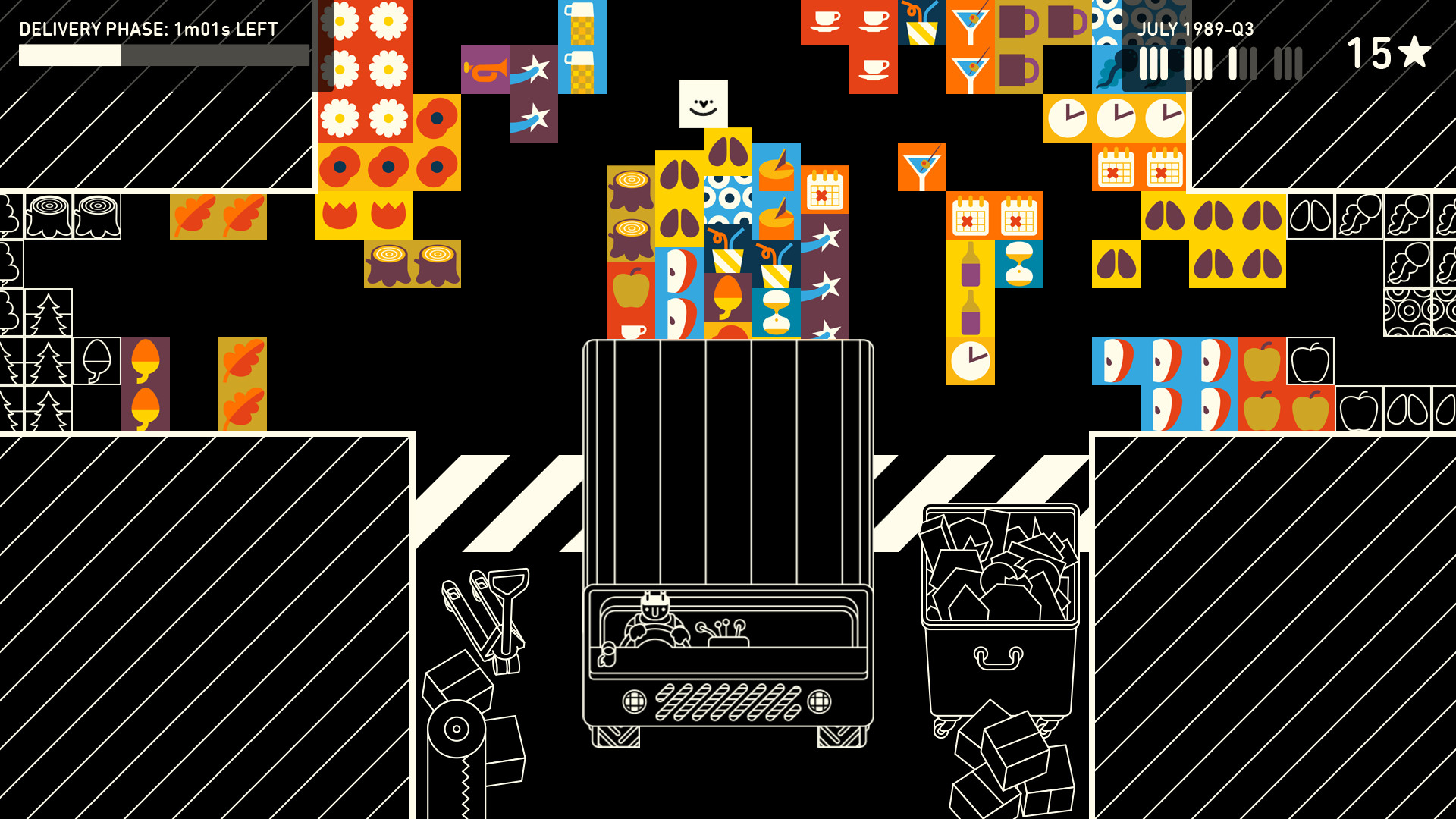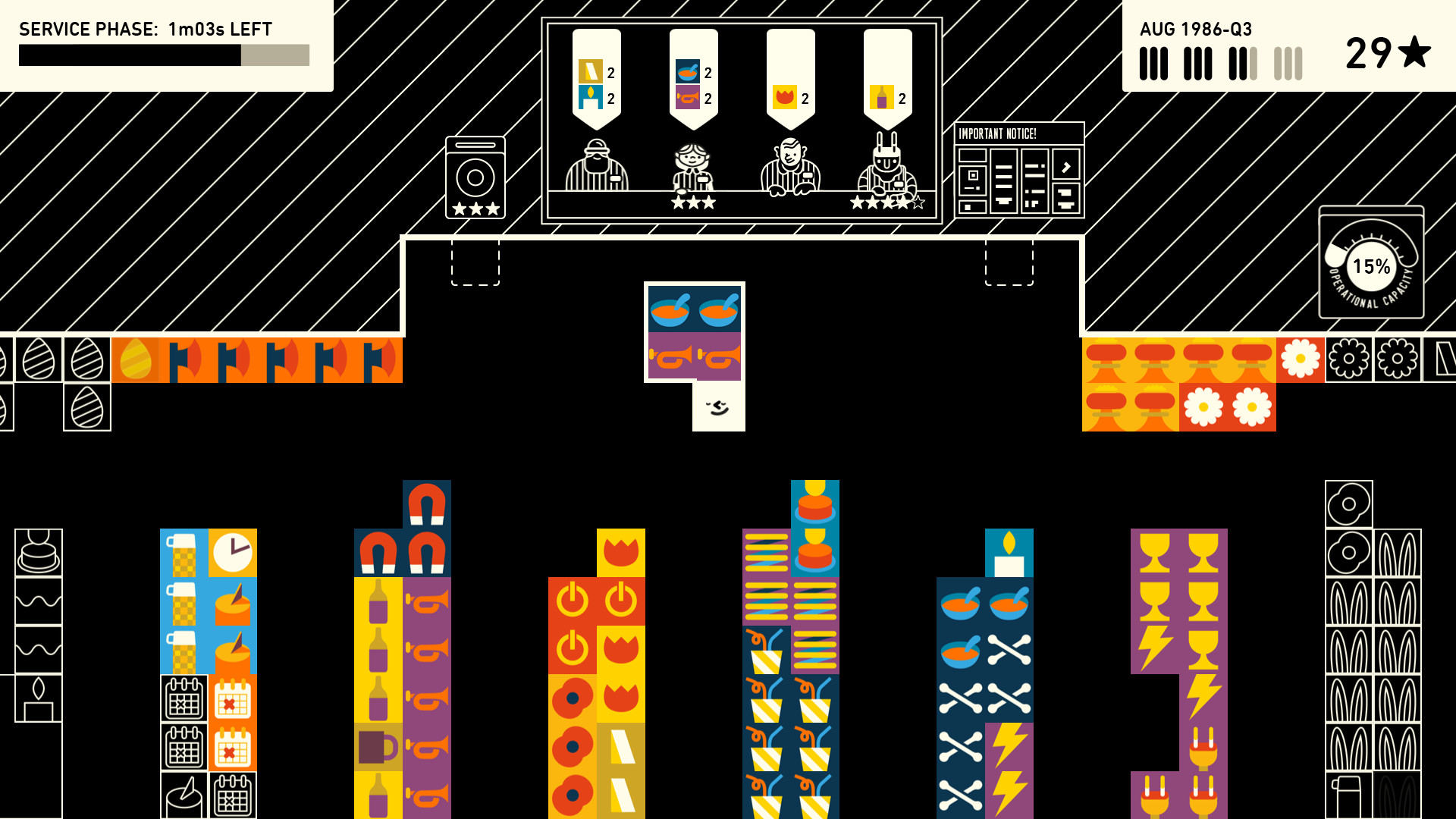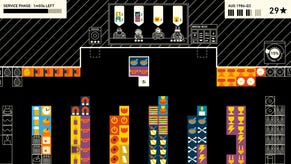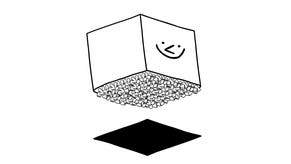Wot I Think: Wilmot's Warehouse
This is your brain on Wilmot
For the first three and a half billion years of its history, life on earth was fairly dull. It was, essentially, a load of little blobs mucking around in a great big sea. But then, five hundred million years ago, the Cambrian Explosion happened. Despite its name, it was not a sick wrestling move, but a sudden evolutionary riot, in which life diversified into a bewildering array of new and complex forms. These new creatures competed, and the winners - vertebrates, arthropods, molluscs and a bunch of worms - set the blueprint for every animal that existed thereafter. That’s the nature we’re familiar with; endless variations, but all on a surprisingly limited set of themes. And it’s great. But sometimes, just sometimes, you look at the sea and wonder what would be in it, if a different set of animals had ended up winning that primordial arms race.
Wilmot’s Warehouse gives me that feeling. Admittedly, it has absolutely nothing to do with the history of life on earth (although my warehouse does contain both dinosaurs and mammoths). It does, however, give me the feeling that I’m playing something from an alternate universe where the fundamental tenets of videogames evolved very differently indeed. And whatever universe he hails from, Wilmot is a bloody lovely ambassador.

Some games are a nightmare to summarise in one paragraph, but not this one. Wilmot’s Warehouse is a deceptively simple little organism, you see. Here’s the game:
At the start of each round, a truck dumps blocks at one end of Wilmot’s warehouse. They are marked with pictograms that range from figurative (e.g. a clock face) to abstract (e.g. some dots and lines). In the first part of the round, Wilmot has a couple of minutes to move the blocks - either individually or in groups - to more convenient places. Then, in the second part of the round, people show up at the other end of the warehouse from where the truck unloaded, and Wilmot has a couple of minutes to fetch the blocks they demand. Every three rounds, Wilmot gets a break to reorganise the warehouse, with no time limit. The truck always brings more blocks than the people take away, and the variety of blocks is always increasing too, so there’s always more to store. Luckily, you can periodically unlock little labour-saving tricks to make things easier.

That’s the game! But, to echo the question that comes into my head every time the truck brings a new kind of block, what is it? Into what category does it fit? I suppose the nearest point of comparison would be a puzzle game, although it’s one in which the player is responsible for setting both problems and solutions. To succeed in the fetching phase, you need to know where you put things in the storing phase, and to do that, you need to work out a wild and blurry taxonomy of semi-abstract objects on the fly. Plus, you need to store them in configurations that make them easy to retrieve and bring to the service counter.
It works on several deep-seated areas of the brain all at once, providing a non-stop challenge to your powers of pattern recognition, memory, and spatial reasoning. It’s like doing non-verbal reasoning tests, at the same time as trying to remember where you hid a load of marbles while you were incredibly high. While simultaneously working a shift at McDonalds. And yet for all that, somehow, it’s not remotely stressful.
Every second counts, and there’s really very little room for error - but your brain is simply too engrossed in the constant stream of tiny decisions it’s being presented with to get stressed with it all. Each iota in Wilmot’s endless torrent of problem-solving is something the mind can process on an instinctive, near-unconscious level, so it genuinely does feel relaxing. I played for hours at a time, deep in the weird, hyperfocused calm that I tend to imagine is the province of fighter pilots, and astronauts trying to get busted rockets under control. I’m bloody wary to use the word meditative, but there it is, in this very sentence.

And it’s creative, somehow. Although I didn’t play with a mind to make anything aesthetically pleasing out of my storage system, I was overjoyed - much like Brendy - when I unlocked the ability to watch a timelapse video of my evolving warehouse layout. Matt is much better at writing about the twisty ways of the thoughtpipes than I am, but it occurred to me that I was making something like a physical map of my own mind in the ways I was choosing to group and cluster Wilmot’s strange little symbols. Wilmot himself was like a little neural pulse, zipping and blipping his way between these arbitrary islands of ideas. And like unknowing ants, pushing soil into vast shapes dictated by a gestalt whole (I like comparing things to ants), my many little decisions had amounted to a giant, unauthored artwork. Emergence is, I think, the term used for things like this.
I started this review determined not to get pompous or clumsily poetic about this game, but I can’t help it - it made me think, and not in the halting, frustrating, headachey way that most puzzle games do. And to give full credit to developers Richard Hogg and Ricky Haggett, it couldn’t have worked on this deep, strange level without being near-perfect in the precision of its design.
The meticulous ambiguity of the game’s 501 block images, the precise distance from Wilmot at which blocks turn from dotted outlines to fully visible shapes, the threshold at which hauled blocks whizz away into the arms of the colleagues demanding them: absolutely everything in the game is calculated to provide as few obstacles and distractions as possible to the activities it wants you to focus on. It feels very much like a game where every feature has been through hundreds of iterations in order to end up fitting just so with everything else; if not, the developers are sorcerers and I fear them.
Even the perks you unlock through progression, while they aren’t many, seem to be eerily accurate in anticipating the player’s instinctive desires. Knocking out pillars in the warehouse to make more storage space, giving Wilmot the ability to haul slightly larger clusters of blocks, or letting him rotate them around himself to fit through awkward gaps, have a dramatic impact on efficiency without ever seeming to change the flow of the game.

The only exception to this is Borky, a little robot who you can unlock to provide help in packing away blocks, and for whom you can buy an upgrade increasing his speed from “flowing syrup” to “dying snake”. Borky is an utter disgrace, and arguably makes the game harder, as you seem to take more time maneuvring him around and correcting his cock-ups than he actually saves you with his “help”. Even Borky, however, would transpire to be a piece of inspired design.
Of course, one thing I haven’t mentioned so far is the satirical element of the game. It won’t escape your notice that Wilmot is… um… a warehouse worker. And warehouse work is at the centre of plenty of political heat these days, for good reason. I’m dead certain at least one of my colleagues is going to write about what this game might have to say about the politics of labour before the month is out, so I’ll leave the fun of that to them. Nevertheless, I’ll say for the record that Wilmot’s Warehouse manages to convey a lot while saying very little, and with understated humour rather than po-faced fourth-wall-busters.
Wilmot’s Warehouse isn’t a long game, but it would be much worse if it was. Its length, like everything else about it, is tailored to provide just what you want, without you having to really think about it. I’ll be blunt: if you have any money at all to spend on games, this one is worth spending it on.
It’s not my favourite play of all time by any means, and I may never come back to it after my fascination fades. Even so, if I’m asked to come up with an example of a genuinely unique experience that shows what games are capable of in 2019, this is the block my internal Wilmot will bring forward from the tangled stacks of my memory. What it is, is entirely up to you.
Disclosure: Pip Warr, who used to work here, is the voice of the Wilmot's Warehouse trailer.










